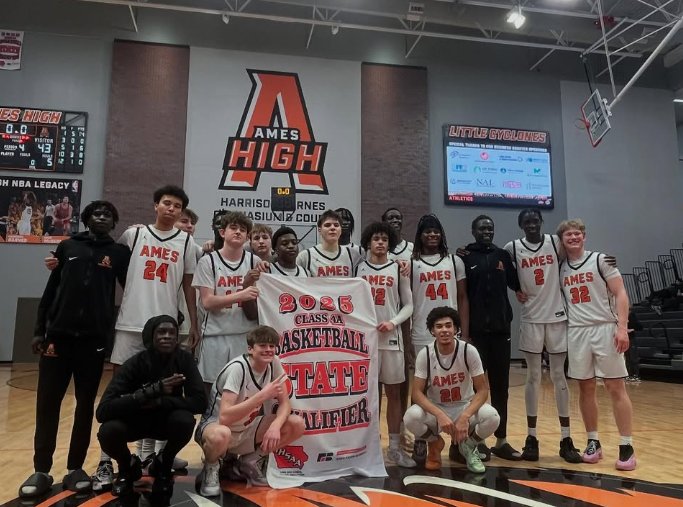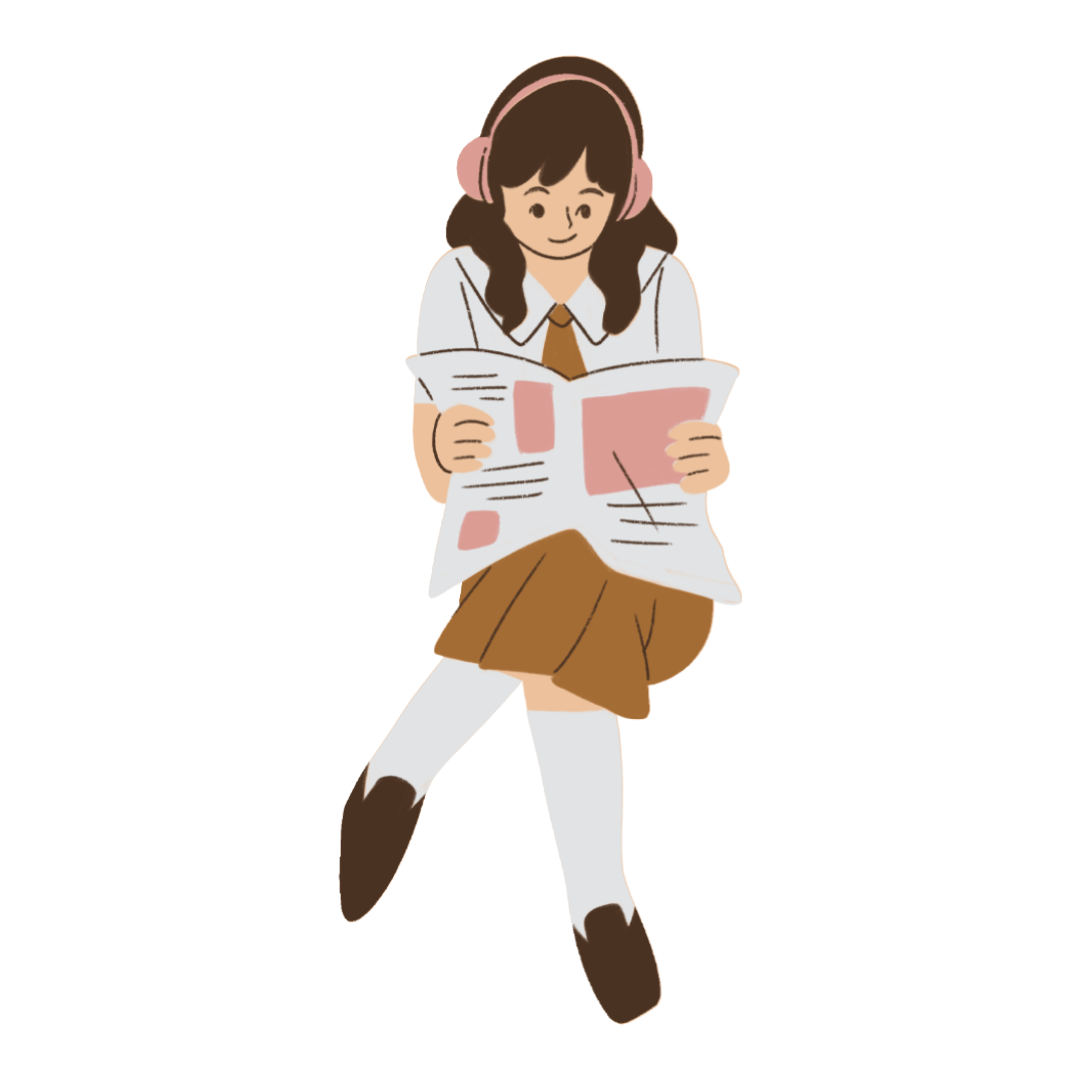Last year when my high school newspaper’s funding to print reached all-time lows, our once 13-member staff became eight, and our engagement rates were at enduring lows, the solution was simple:
Cut print.
In a world that was becoming increasingly less visible on paper and more visible online, it made sense. Large national publications and small local papers alike had already made the switch. The total estimated circulation of daily U.S newspapers has declined from about 56 million in 2000 to 20 million in 2022. In many ways, it was this adaptation that saved the news industry. In 2018, 33% of Americans received their news from news websites and 20% received their news from social media.
It is easy to apply the same logic to a high school paper. Why spend $200 to print 300 copies, when a quarter will end up in the trash and half will be left in classrooms? Why spend $200 when it can be done for free online?
The answer lies in what the average high school student does online.
Are they reading Instagram captions? Scrolling through TikTok posts? Yes.
Skimming headlines? Maybe.
Regularly reading the news? Not really.
It is important to remember that for newspapers social media is more about awareness than it is about getting a viewer to read a specific article. For even the most interested viewer, stepping away from the algorithm to visit the “link in bio” is a difficult task.
For student-produced publications without the name-brand recognition of large newspapers, this presents a unique challenge. A greater social media presence may increase how many students know about a school paper or a specific story, but it will not direct a significant number of readers to a website.
Social media may not drive viewership, but would distributing an online magazine not achieve the same outcome as print, for a fraction of the cost?
Two issues lie at the heart of this idea.
First is that a mass distribution of an online publication typically means a mass email. This is only possible if school administration sends out the online publication. For student journalists this creates a situation where articles must be approved by school administration before publication.
Second is the assumption that high school students check their email.
In a generation that is less and less inclined to read, the reality is that it is easier to reach students through a magazine left on their desk that they might leaf through out of curiosity — or boredom.
When The Web released its October issue, its first print publication in more than two years, I saw more student enthusiasm for the paper than ever before. In a freshman English class the paper was distributed to, almost every student picked up a paper and looked through it.
Print media may be dying, but for high school newspapers, print is equally if not more important than an online presence. Fundraising and advertising revenue can only go so far. It is the job of the district to ensure that such a critical aspect of student journalism is monetarily provided for.
Cutting print is not a solution — funding is.























